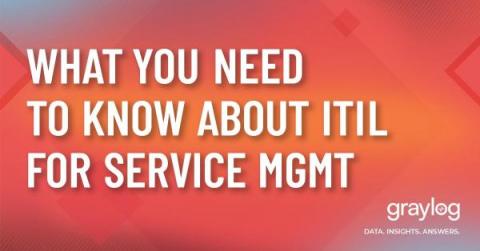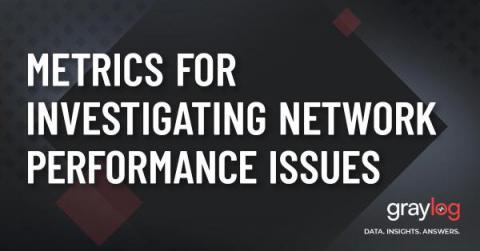Everything You Should Know About Windows Event Logs
If you’ve ever seen Indiana Jones and the Last Crusade, you might remember the scene where Indy and his dad are in a room replete with the most ornate chalices possible, only to realize that the Holy Grail is the most plain, utilitarian one in the room. Windows event logs are the IT version of the plain-looking clay cup that holds the key to answering your service questions and system issues.











